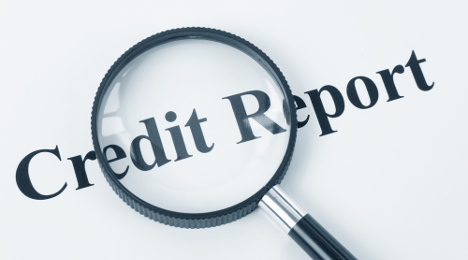FactorTrust applauds CFPB for examining ‘credit invisibles’

Here’s a change of pace: An auto finance industry participant supporting an action by the Consumer Financial Protection Bureau.
FactorTrust said that it backs the CFPB for examining findings that bring to light the plight of credit invisibles in their transition to establish credit.
Earlier this month, CFPB released a study on the transition to credit visibility that found that the way consumers establish credit history can differ greatly based on economic background. The bureau indicated consumers in lower-income areas are more likely than those in higher-income areas to become credit visible due to negative records such as a debt in collection. Consumers in higher-income areas are more likely than those in lower-income areas to establish credit history by using a credit card or relying on someone else.
The study also found that the percentage of consumers transitioning to credit visibility due to student loans more than doubled in the last 10 years.
“It is no secret that lower-income consumers face challenges in the financial marketplace,” CFPB director Richard Cordray said. “Today’s study shows that even at the beginning of their financial lives, they are faced with higher hurdles to gain access to credit, which hinders them from turning their version of the American dream into reality.”
In 2015, CFPB estimated that 11 percent of adults in the United States, or about 26 million people, are credit invisible with no credit history at one of the three nationwide credit reporting companies. Traditionally, a credit history reflects whether payments are made on time, what debt a consumer owes, and whether they have a debt or bill in collection.
Finance companies use a consumer’s credit history to decide whether to extend credit and how much the credit will cost. Without a sufficient credit history, consumers can face barriers to accessing credit or higher costs.
The CFPB asserted this issue disproportionately impacts consumers who are African American or Hispanic, and people who live in low-income neighborhoods. It can also impact some recent immigrants, young people just getting started, and people who are recently widowed or divorced.
FactorTrust has long provided alternative credit data, analytics and risk scoring information that finance companies need to make informed decisions about underbanked consumers (less than 700 credit scores) and credit invisibles, which the CFPB identifies as about 11 percent of U.S. adults (or 26 million people) — with no credit history at the Big 3 credit bureaus.
In its recent comment to the CFPB’s request for information (RFI) on the use of alternative data and modeling techniques in the credit process, FactorTrust contends, however, that consumers can become equally visible with positive payment behaviors not reported to the Big 3 bureaus.
For instance FactorTrust found that 57 percent of underbanked consumers had a comprehensive debt to income (DTI) ratio of less than 50 percent. For these consumers, less than half of their income was earmarked for loan payments. Lower DTI typically indicates a lower-risk consumer who is better positioned to responsibly take on new financial obligations.
Furthermore, FactorTrust noted that consumers with lower DTI, had a higher share of debt payments residing outside of the Big 3 bureaus, in alternative credit bureaus like FactorTrust.
“The data we collect from alternative lenders is not reported to the Big 3 bureaus and enables visibility into the creditworthiness of underbanked consumers,” FactorTrust chief executive officer Greg Rable said. “Not only can we look to data points in our database to outline positive payment scenarios, but we can collect it in real-time, versus the monthly timeframe of the Big 3 bureaus.
Alternative lending tends to have shorter loan terms than traditional lending options, which makes reporting of on-time payments and other data accessible around the clock to lenders, enabling them to make smarter, faster decisions about the creditworthiness of credit invisibles,” Rable continued.
The CFPB study also looked at how consumers first establish credit history by reviewing de-identified credit records of more than 1 million consumers who became credit visible. The bureau examined when consumers transition out of credit invisibility and the means by which they do so.
The study found that almost 80 percent of transitions occur before age 25 and that credit cards are the most common way consumers establish credit. The study also found that the way consumers establish credit history — taking out a credit card, relying on a co-borrower or having negative records — can differ greatly based on economic background.
The entire CFPB study can be found here.

 View The Latest Edition
View The Latest Edition

